I have been wondering this for a while. When we look at the electrical characteristics of a device such as an opamp there is a gain versus frequency plot.
I have couple of questions regarding measurement of frequency response in practice:
1-) How is an opamp's frequency response obtained in reality/on bench? Do they sweep or measure the output voltage for each frequency input and obtain the plot? Or do they apply an impulse or step input to the input, obtain the response and do the math and plot the frequency response?
2-) If they do the sweeping freq. method but not the impulse or step input method; where is the second one used in practice? I mean is the step input or impulse input used in any case in the engineering world to obtain the frequency response? Or are these only used on paper(mathematical modelling or simulations)?
